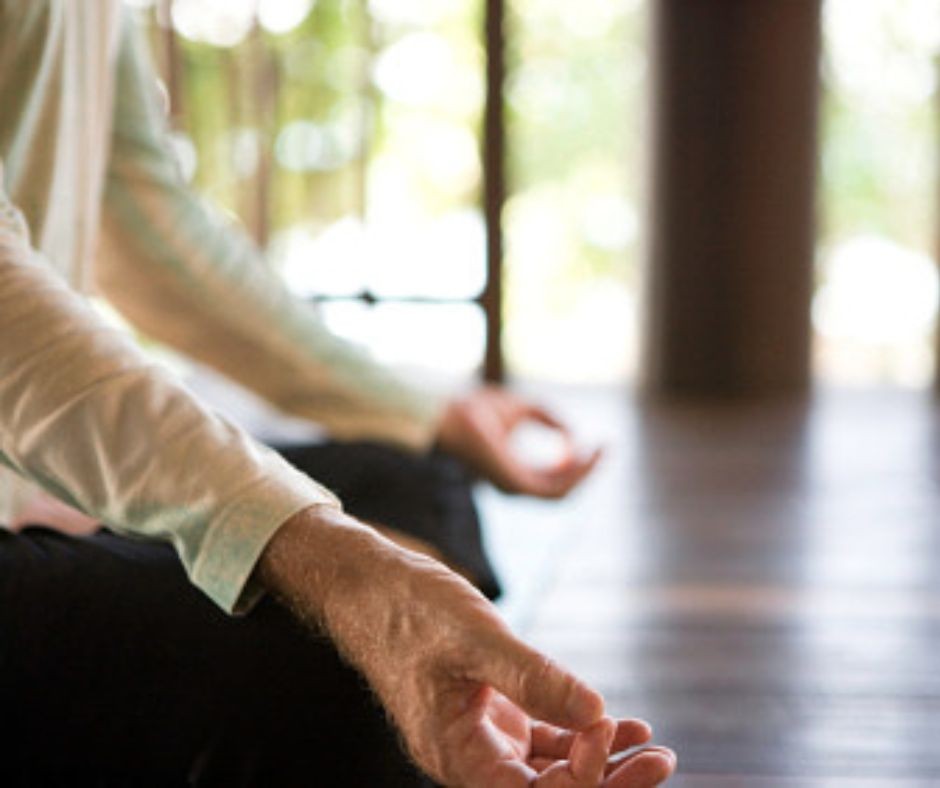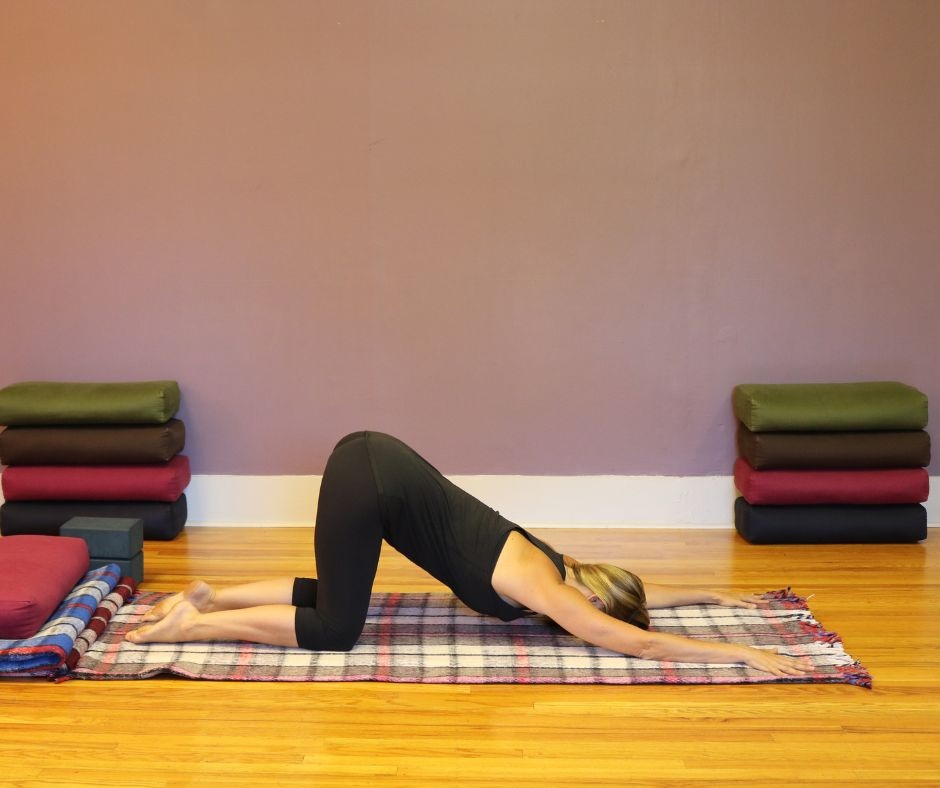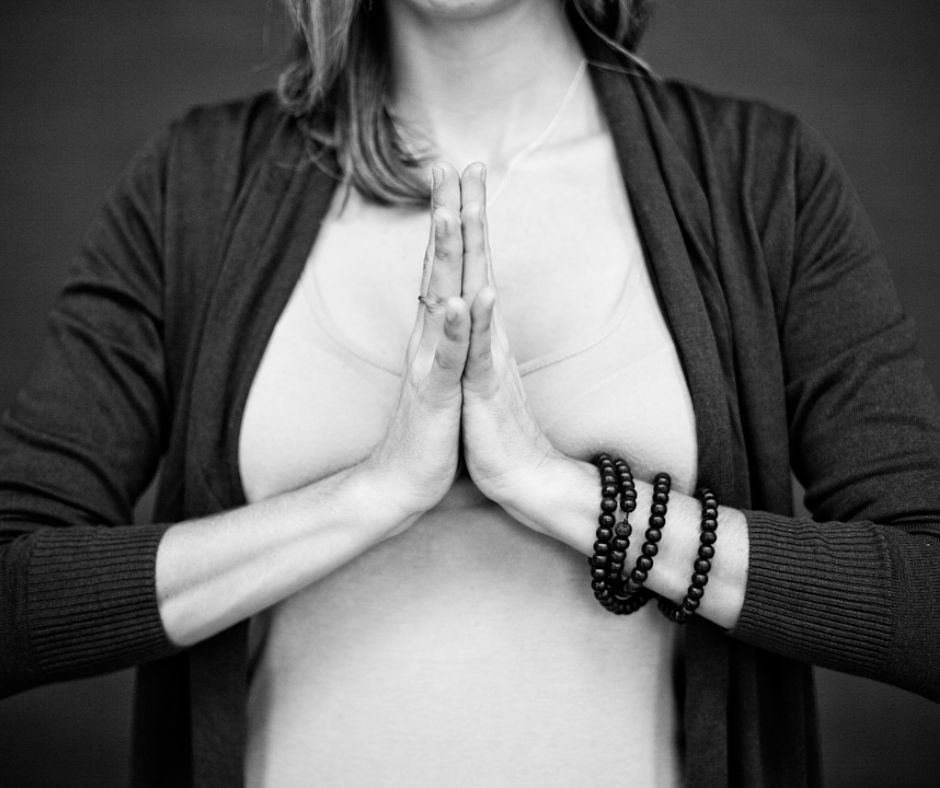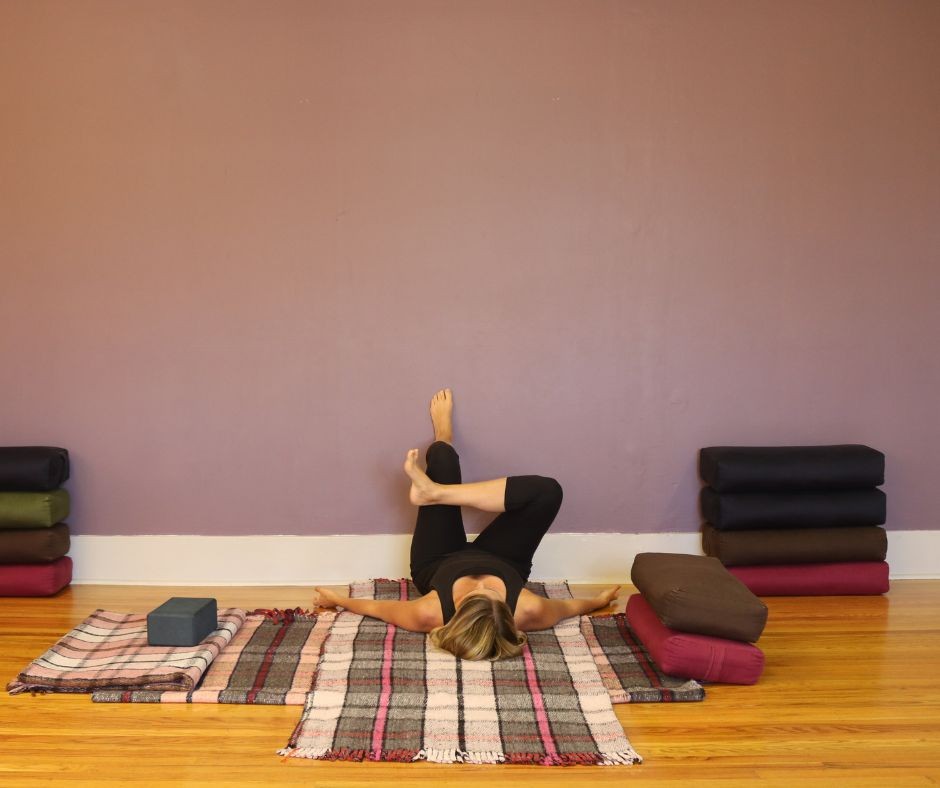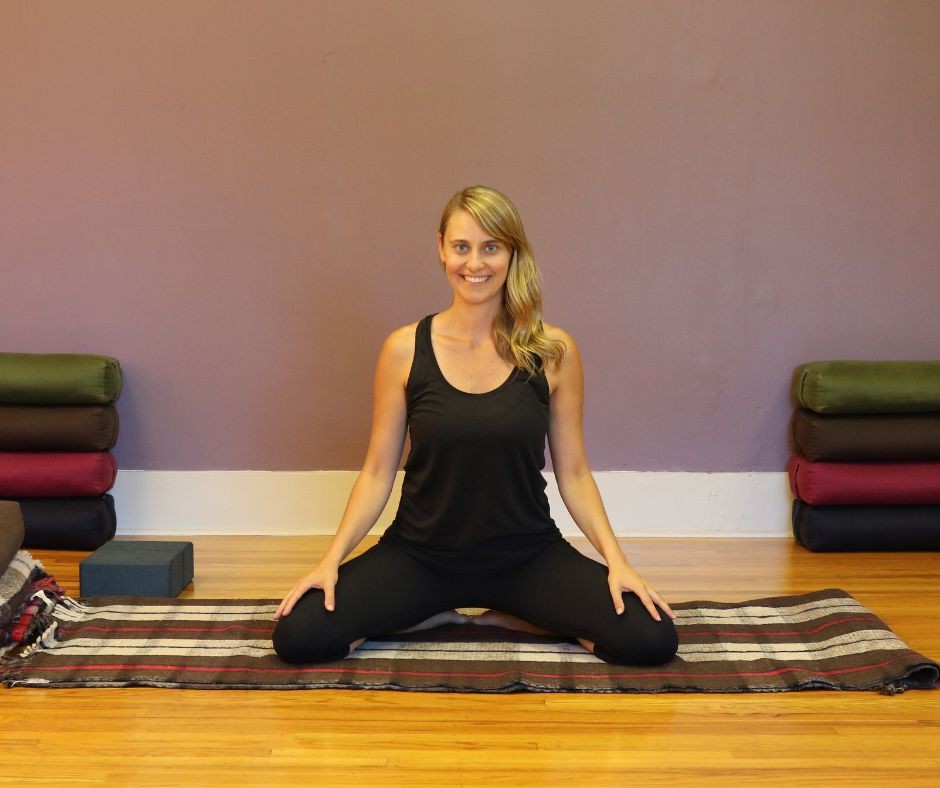The breath is an immediate doorway into discovering what is happening in the body and mind. Your breathing is a reflection of all kinds of systems in the body including the muscular, respiratory, cardiovascular, and neurological systems. The breath affects energy levels, your emotional state, and it’s in direct relationship to your energetic system which regulates the movement of Qi or prana throughout the body.
As you encounter stress, your breathing is impacted. Leading fast paced lives full of hyper-stimulation can compromise the quality of your breath. Because breathing is closely connected to so many systems in the body, refining your breath and healing disordered breathing habits can lead to lesser anxiety and tension.
"To become a welcome vessel for the breath is to live life without trying to control, grasp, or push away"
Donna Farhi
3 Breathing Practices to Soothe Anxiety and Find Peace of Mind
For all of the practices below find a comfortable position to rest. Lie on your back with your head and neck slightly supported with a small folded blanket. Use support under your knees or if that’s uncomfortable, bend your knees, place the soles of the feet on the floor hip distance apart and allow your knees to fall in towards one another.
These practices can be used at anytime during your day when you’re feeling overwhelmed or under stress.
Belly Breath
Begin by finding a place that feels still and relaxing. Turn your attention towards your body and notice any areas of gripping. Notice tension held in the body. When you notice holding or tension take a deep breath and gently invite the body to release.
In particular, bring your awareness to the area just below your navel. If you notice gripping at your lower abdomen ask your belly to soften as you continue to relax. You can take a few deep breaths through the nostrils if that helps you to settle.
After a few moments of releasing and relaxing areas of tension, begin to once again draw your attention to the area just below your navel. Invite your breath to deepen and notice the subtle way the belly moves up and down with the inhale and exhale. It’s ok if you don’t notice anything at first – continue to deepen your breath and relax.
Imagine your torso is a large vase. As you inhale through the nostrils the breath travels down to the belly to fill the vase. The belly rises with the inhale and gently falls with the exhale. Don’t force the breath, but continue to draw the breath gently deeper into the body. Repeat for 10-20 breaths.
Lengthening the Exhale
Take the first few breaths to relax and settle your body. Feel the support of the earth as you focus on the weight of your bones dropping.
Without changing the breath place your attention on the exhale. Watch as the exhale gently releases. Continue to soften your body. After the first few cycles of natural breath begin to gradually lengthen the exhale. Over the course of 10-20 breaths invite the exhale to lengthen without straining. Don’t force the breath; if you find yourself grasping for the next inhale relax and allow the breath to flow naturally.
Pause after the Exhale
Start by relaxing your body and lengthening the exhale as above. After you’ve established a relaxed and deep exhale begin to take a short pause after the exhale with the lungs empty of air. Don’t hold the exhale longer than feels comfortable. Instead take your next inhale when you feel the impulse for the next breath.
See if you can slowly over time lengthen the pause after the exhale. Start by holding for one second and slowly work your way towards 5 seconds. Remember – it’s not important how long you hold the breath. It’s more important how you’re feeling during this exercise. Never go beyond what feels comfortable. After 10-20 cycles of breath resume your natural breathing pattern without manipulation.


